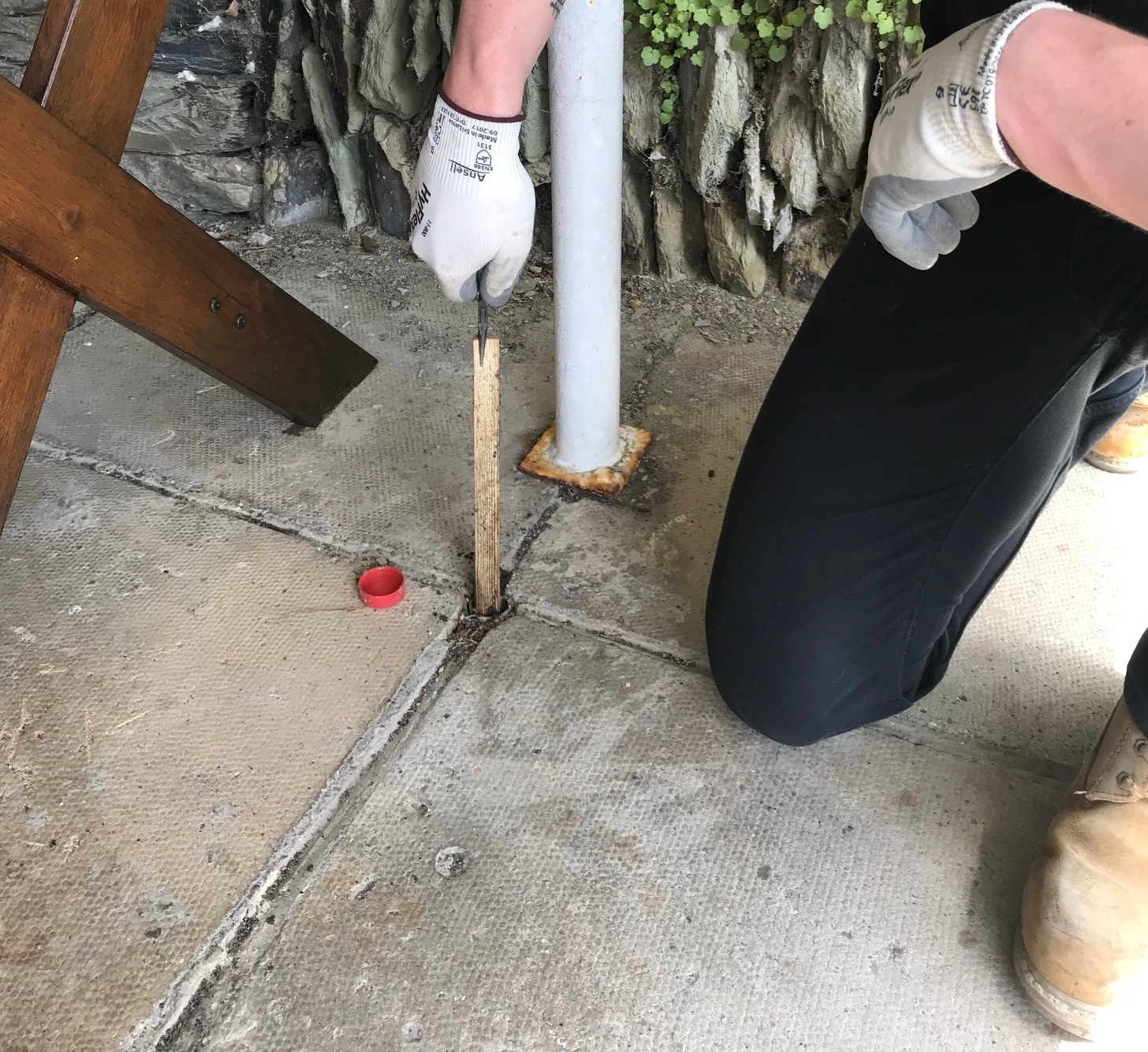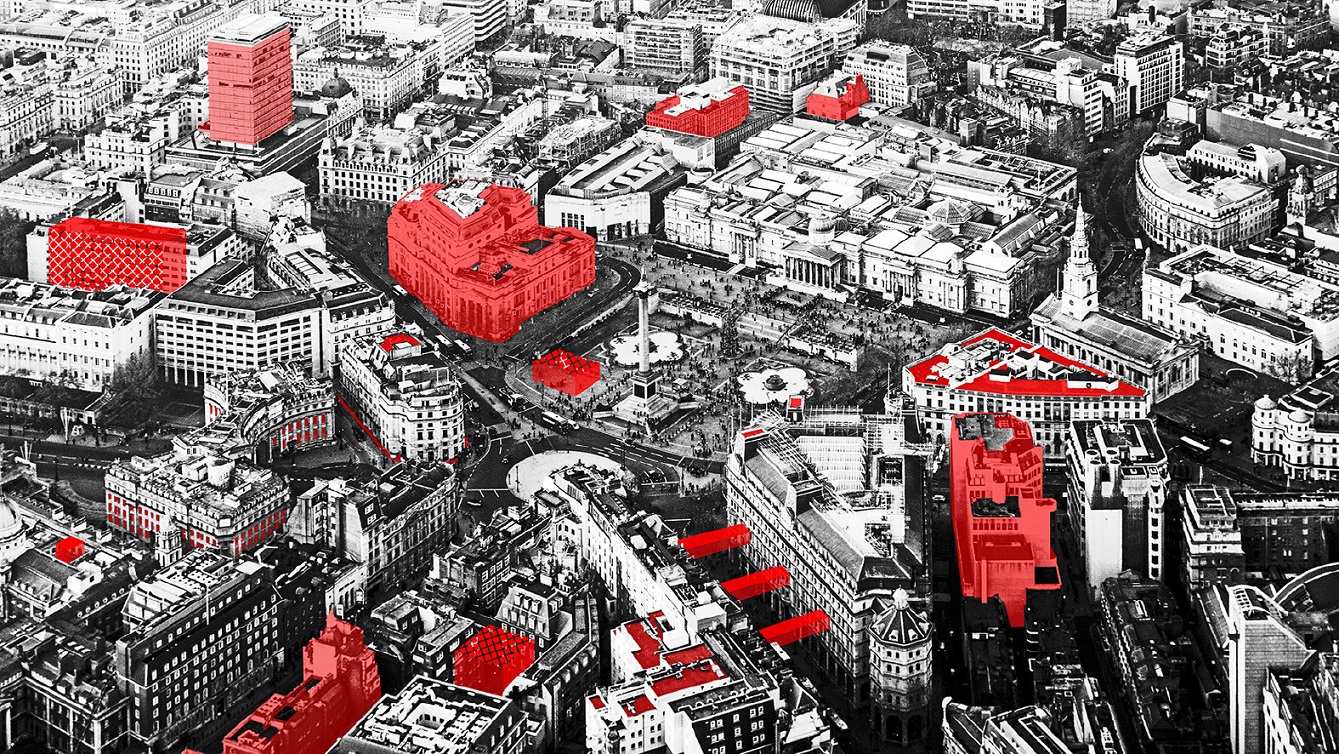
Termites are vital to nutrient cycling and soil structure in forests, grasslands and other natural ecosystems. But they are also the world's most economically harmful urban pest, given they can severely damage timber in buildings.
Termites live predominantly in tropical and subtropical regions. However, as a result of human activity and the warming climate they are increasingly found in more northerly latitudes.
Subterranean termites are endemic in southern Europe and France. Indeed, France has a so-called termite law to ensure buildings are constructed to safeguard against the insects.
Recent infestations in Paris and Hamburg strongly suggest that temperature is not the limiting factor for subterranean termites. Instead, humans seem to be an important vector for infestations outside the insects' common habitat.
Termites are challenging to control and eradicate because their workings may extend deep into the ground. They may derive cellulose for food not only from building timbers but also other woody biomass, including old formwork and tree root systems.
Identifying termites and infestations
The species that can damage timber in buildings are subterranean and drywood termites. There are a number of key distinctions, as shown in Table 1.
| Subterranean termites (e.g. Reticulitermes flavipes) | Drywood termites (e.g. Cryptotermes brevis) |
| Require a continuous source of moisture | Rely on moisture content of dead wood |
| Concealed in earthen or mud workings | Produce holes from which they expel faecal pellets resembling poppyseed |
| Generally consume wood along the grain, preferring softer, spring growth and often leaving intact wafers of harder, summer-growth timber | Generally consume wood across the grain, consuming both spring and summer growth |
| Often form large or interconnected colonies comprising thousands or millions of worker termites | Colonies are often small, typically comprising fewer than 250 workers, although multiple colonies can exist in the same piece of wood |
Table 1: Comparison of subterranean and drywood termites
| Subterranean termites (e.g. Reticulitermes flavipes) | Drywood termites (e.g. Cryptotermes brevis) |
| Require a continuous source of moisture | Rely on moisture content of dead wood |
| Concealed in earthen or mud workings | Produce holes from which they expel faecal pellets resembling poppyseed |
| Generally consume wood along the grain, preferring softer, spring growth and often leaving intact wafers of harder, summer-growth timber | Generally consume wood across the grain, consuming both spring and summer growth |
| Often form large or interconnected colonies comprising thousands or millions of worker termites | Colonies are often small, typically comprising fewer than 250 workers, although multiple colonies can exist in the same piece of wood |
Termite species are difficult to identify. Doing so normally requires the soldiers to be present, as the head shape is different for each species, or the winged form of termites (alates), which have distinct wing structures and vein patterns. Figure 1 can help identify the different kinds.
The three key signs of infestation include damaged timber, live termites and termite workings.
Note that timber that appears fine on the outside could still be hollow as result of termite activity inside. Damage can be checked by sounding, which involves tapping the timber with a solid object such as the handle of a screwdriver.
How can termites reach the UK?
There are a variety of ways termites could arrive in the UK, likely enabled by humans.
Drywood termites are most likely to be imported from areas of endemic infestation, such as the southern US, the Caribbean, Africa or Asia. They can come in potted plants and timber items such as furniture, musical instruments, boats, chests and ornaments. Drywood termite populations cannot sustain themselves outdoors in the UK, though, so they can be effectively treated indoors either by localised chemical (fumigant) treatment or by careful removal and controlled incineration of infested timber.
Subterranean termites can be imported on any cellulose-based material from areas where they have become established. Such materials can include softwood logs, storage timbers, crates and pallets.
Even if subterranean termites are not detected during customs inspections, they can only establish successful colonies in optimal conditions. These include remaining undisturbed in preferably sandy soils, access to a source of moisture, appropriate temperatures, and an adequate supply of cellulose-based food sources to sustain growing colonies.
There are many species of Retriculitermes subterranean termites found in Europe. One of the more common is Reticulitermes flavipes whose biogeographic range is documented to be moving northward. The nearest area of endemic infestation to the UK is in France, and infestations in Paris continue to expand.
However, the part of the UK nearest to France with the highest frequency of transport with continental Europe is the South East of England, and this has predominantly loamy or clay loam soils. The indigenous European species tend not to prefer such soils, reducing the likelihood that they will successfully establish themselves.
Termite infestation in the UK
Although termites are not endemic in the UK, the subterranean termite Reticulitermes grassei were initially discovered in a private property in Saunton, Devon in 1994. In 1998 they were found to be present in large numbers across at least two properties in an elliptical zone around 110m wide and 30m deep.
The termites were thought to have arrived in Saunton in infested furniture timbers or crates several decades earlier. They are likely to have come from southwestern France or Spain where the species is endemic.
The insects were subject to an intensive eradication and monitoring programme, carried out by BRE and managed by the government. To minimise the risk of them spreading beyond the area, affected properties were prohibited from removing soil, wood and woody garden waste.
The programme successfully eradicated the colony using a bespoke baiting system. This comprised aged pine sapwood samples containing a targeted insect growth regulator, installed in 1999, 2001 and 2010.
The baiting was combined with annual monitoring inspection visits, the last of which in May 2021 found no sign of termite activity. That meant more than ten years had elapsed without detecting any activity. The programme therefore concluded in October with the declaration that, in all likelihood, eradication has been successful. This remains the only established infestation of subterranean termites recorded in the UK.

Developing termite risk maps
Given globalised transport of goods and the changing climate, we must remain vigilant to possible termite infestations.
BRE's CLICKdesign project is therefore developing a performance-based specification for wood used in construction to help facilitate awareness of the exposure challenges to wood in construction, including from biotic sources such as termites, and how to managing them. As part of this project, the French technology institute FCBA is developing termite risk maps for Europe, as well as considering the potential impacts of climate change on building risks.
The fact that only a single established infestation has ever been detected in the UK reflects the rarity of successful subterranean termite colonies. However, we must remain alert.
Although it is unlikely termites will be found in the UK without being transferred on timber or other cellulose materials, milder winters will likely create conditions more favourable for subterranean infestations.
This risk increases with heat sources near or in the ground, such as underfloor heating systems in concrete slabs. It is exacerbated where such slabs are a base for timber framing.
Professionals such as building surveyors, builders, timber merchants and those in horticulture can be vigilant over possible termite infestation, as can the public and gardeners.
BRE's website can help raise awareness, and offers a pro forma for reporting possible infestations to the Department for Levelling Up, Housing and Communities. This will help provide a rapid response should termite infestations occur again in the UK.

